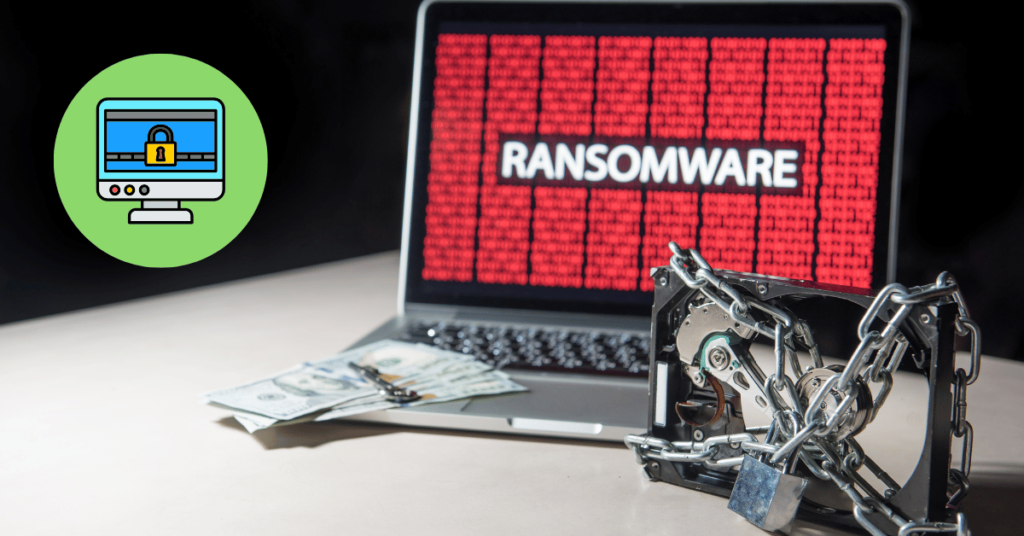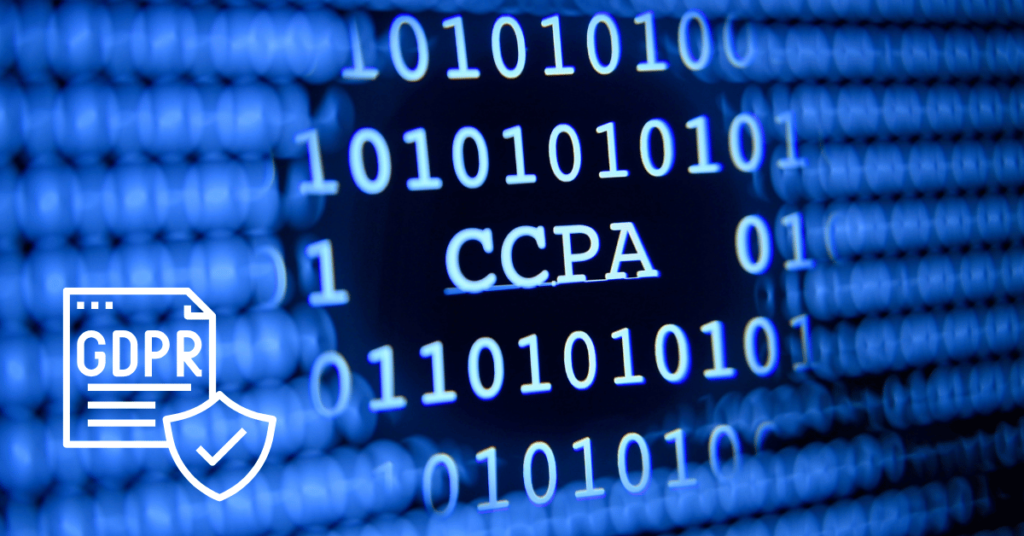Ransomware attacks are among the most disruptive and costly cyber threats facing businesses today. For small businesses, which often lack extensive resources for cybersecurity, these attacks can be devastating.
This case study explores a ransomware attack on a small business, detailing how cyber insurance helped cover financial losses and facilitated recovery.
Background of the Small Business
The business in this case study is a regional accounting firm with approximately 25 employees. Like many small businesses, it relied heavily on its data systems for daily operations, including handling sensitive client financial information, tax documents, and payroll data. The firm had basic cybersecurity measures in place, including antivirus software and firewall protection, but lacked advanced security monitoring and response systems due to budget constraints.
The Ransomware Attack
One morning, employees discovered they were unable to access their files. A ransom note appeared on their screens, stating that their files had been encrypted and would only be unlocked upon payment of a cryptocurrency ransom. The attackers demanded $50,000 in Bitcoin within 72 hours, threatening to permanently delete the data if the firm didn’t comply.
- Impact on the Business: The ransomware attack brought operations to a standstill. Employees were unable to access client records, process payrolls, or file tax documents, severely disrupting services. Additionally, the potential data breach put the firm at risk of non-compliance with data protection regulations.
Cyber Insurance Coverage
Fortunately, the accounting firm had purchased a comprehensive cyber insurance policy. The policy included several key areas of coverage that proved essential in responding to the ransomware attack:
- Ransom Payment Coverage: The policy covered ransom payments up to $100,000. While many insurers advise against paying ransoms, in this case, the insurer worked with a cyber extortion specialist to negotiate the payment and facilitate a secure transfer.
- Incident Response and IT Forensics: The policy included incident response coverage, which provided access to a specialized cybersecurity team to assess the damage, determine the attack’s origin, and attempt data recovery without paying the ransom.
- Data Recovery and Restoration Costs: The insurance covered costs related to restoring and decrypting files. Although the firm paid the ransom, data restoration efforts continued to ensure files were fully accessible.
- Business Interruption Coverage: The ransomware attack halted operations, causing the firm to lose income during downtime. Business interruption coverage compensated for lost revenue, helping the firm manage financial losses during the recovery period.
Steps Taken by the Insurer and the Business
- Engaging Cybersecurity Experts: After filing a claim, the insurance provider dispatched a cybersecurity team specializing in ransomware recovery. They worked to identify the point of entry, secure the system, and prevent further attacks.
- Evaluating Payment Options: The firm and insurer initially attempted to recover data without paying the ransom but ultimately opted for payment to resume operations quickly. The insurer covered this cost, while the cybersecurity team ensured a secure transaction to prevent additional exposure.
- Data Restoration and System Hardening: After decrypting the files, the insurer helped cover the cost of restoring data, rebuilding systems, and implementing stronger security measures. This included installing multi-factor authentication, endpoint detection, and improved firewall protections.
- Employee Training: The insurer also covered cybersecurity training for employees, focusing on recognizing phishing emails and other social engineering tactics often used to initiate ransomware attacks.
Financial Impact and Recovery
The ransomware attack cost the accounting firm around $95,000 in ransom, recovery expenses, and lost revenue. Cyber insurance covered:
- Ransom Payment: $50,000
- Incident Response and Forensics: $20,000
- Data Restoration: $10,000
- Business Interruption: $15,000
The insurance coverage allowed the firm to recover swiftly and avoid bankruptcy, which would have been a likely outcome without the policy.
Lessons Learned
- Importance of Comprehensive Cyber Insurance: The firm’s cyber insurance policy was critical in minimizing the financial and operational impact of the ransomware attack. Policies that cover incident response, data recovery, and business interruption can offer a safety net when attacks occur.
- Value of Incident Response Plans: Having an incident response plan and access to cybersecurity experts helped contain the attack and resume operations faster. Small businesses, in particular, should consider a robust response plan to manage cyber threats.
- Employee Training: Many ransomware attacks are initiated through phishing emails. The firm realized that employee training was essential to prevent future incidents and covered this through insurance as part of their cybersecurity improvement efforts.
- Upgraded Security Measures: Following the attack, the firm invested in stronger security practices, including multi-factor authentication and improved endpoint security, as preventive measures to deter future attacks.
FAQs
Why do some cyber insurance policies cover ransomware payments?
Some insurers cover ransom payments because it can sometimes be the fastest and most cost-effective way to restore operations, especially for small businesses without extensive data backup or IT resources.
Does cyber insurance always cover business interruption due to cyberattacks?
Not all policies include business interruption coverage, so it’s important to check with the provider. This coverage is particularly valuable for small businesses that cannot afford prolonged downtime.
What cybersecurity measures can reduce ransomware risks?
Strong practices include implementing multi-factor authentication, regular data backups, employee training on phishing, endpoint protection, and using antivirus software.
Are ransomware attacks covered under all cyber insurance policies?
Coverage varies, and not all cyber insurance policies cover ransomware. Businesses should carefully review policies to ensure they include ransomware and cyber extortion protection.
Can cyber insurance prevent ransomware attacks?
Cyber insurance cannot prevent ransomware attacks but can help companies recover financially and operationally. Preventative cybersecurity practices are essential for reducing the likelihood of such attacks.
Conclusion
This case study illustrates how cyber insurance can help a small business recover from a ransomware attack by covering crucial costs, including ransom payments, incident response, and business interruption. For small businesses, a well-structured cyber insurance policy can offer significant protection against cyber threats, while also emphasizing the need for proactive security measures to prevent attacks from occurring in the first place.
So that was all about this article. If you have any further questions feel free to comment down below!




